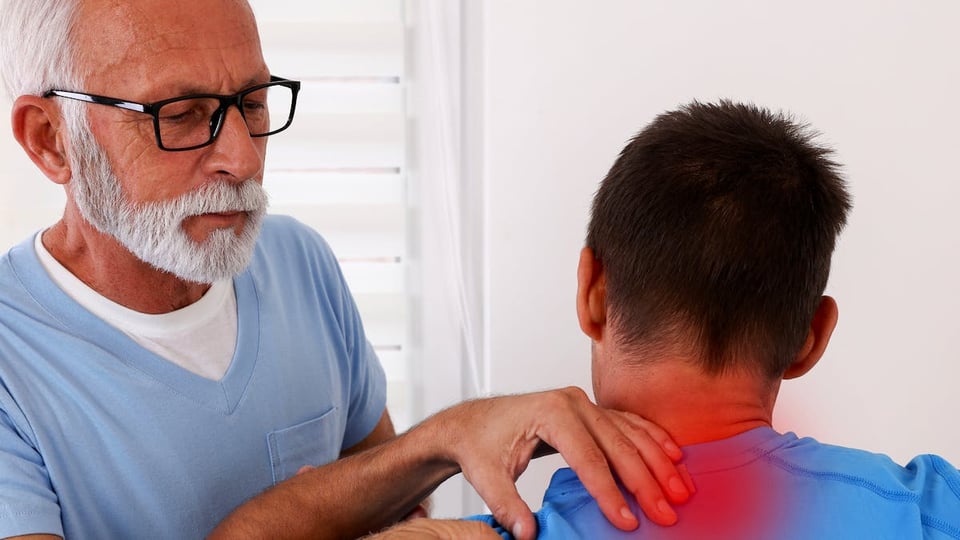Neck Pain
William Oswald, PT, DPT, OCS
Online Course
Includes all course content in digital format
Prerequisites Required2 hours - Provided by Summit Professional Education

Description
The cervical spine presents unique challenges to rehabilitation professionals because of the varied and complex presentation of patients with cervical spine pain. Evaluation and treatment approaches vary amongst clinicians and can be improved by incorporating the current best evidence into clinical practice. This course will provide professionals with the knowledge needed to properly evaluate and treat patients with symptoms commonly found in the cervical spine.
Highlights
- Immediately improve your examination and treatment strategies for the cervical spine
- Incorporate the current best evidence into the treatment of cervical spine pathologies
- Effective, evidence-based interventions for a common diagnosis
Learning Objectives
- Incorporate the current best evidence into the evaluation and treatment of cervical spine pathologies.
- Analyze key elements of differential diagnoses of cervical spine pain and relevant clinical examination techniques.
- Utilize a consistent clinical process to effectively screen for systematic disease and non-musculoskeletal pathology in patients with cervical spine pain.
- Examine subgroups of patients that would benefit from manual therapy techniques or integrated exercise through clinical reasoning and application of current best evidence.
Course Content
| Neck Pain | SCORM Package | ||
| Next Steps | Module |
- Incorporate the current best evidence into the evaluation and treatment of cervical spine pathologies.
- Analyze key elements of differential diagnoses of cervical spine pain and relevant clinical examination techniques.
- Utilize a consistent clinical process to effectively screen for systematic disease and non-musculoskeletal pathology in patients with cervical spine pain.
- Examine subgroups of patients that would benefit from manual therapy techniques or integrated exercise through clinical reasoning and application of current bestevidence.
- Introduction and Screening
- Current research and practice guidelines
- Risk and prognostic indicators
- Imaging and diagnostic triage
- Examination
- An expert interview
- Biopsychosocial factors
- Objective exam
- Screening the extremities: Implications for PT and OT
- Management Strategies
- Mobility deficits
- Coordination impairments
- Neck pain with headaches
- Radiating pain
William Oswald, PT, DPT, OCS is a licensed physical therapist
and a board certified orthopedic clinical specialist. Dr. Oswald has 20
years of extensive clinical experience in an outpatient orthopedic setting.
His area of specialty is low back pain as a diplomat in Mechanical
Diagnosis and Therapy. Dr. Oswald is a clinical manager at NYU Langone
Health. He has co-authored research articles in the Journal of
Orthopedic
and Sports Physical Therapy, the Pain Journal, and the
Journal of Manual
& Manipulative Therapy. Dr. Oswald earned both a Master's and
Doctorate degree in physical therapy from New York Institute of
Technology.
DISCLOSURES
FINANCIAL: Bill Oswald is compensated by Summit as an instructor.
NONFINANCIAL: Bill Oswald has no non-financial relationships to disclose.
Click here to check accreditation for this course.